THE KING’S SPEECH—WRONG SKIRT, SIR
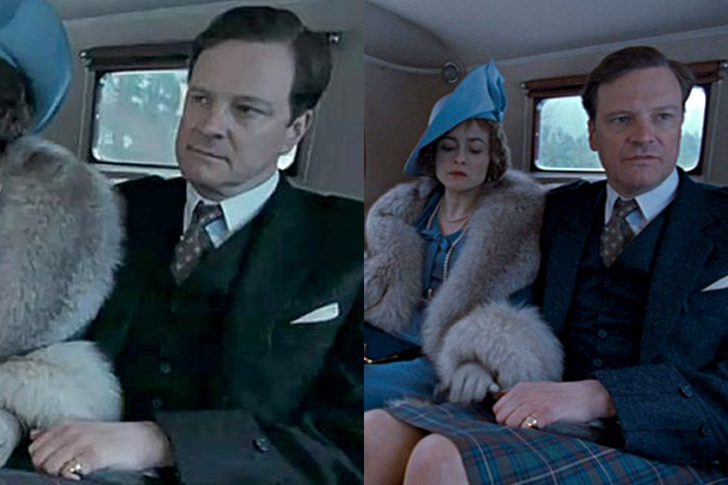
It was, to the Scots, a huge blunder, and the simple reason for that is because the supposed King wore the wrong skirt—I mean, kilt—onscreen. The kilt the king was wearing had a recent design, and the one that he was supposed to be wearing had a particular design that’s been used by the Royal Family since 1853. It’s funny that the costume designer, whose credit score must’ve gone through the roof after being paid handsomely for the film, missed something as consequential as that. It was an easily avoidable mistake from an otherwise fantastic movie, which is what must have made it so difficult to excuse.
GLORY—A TIME-TRAVELING DIGITAL WATCH APPEARS
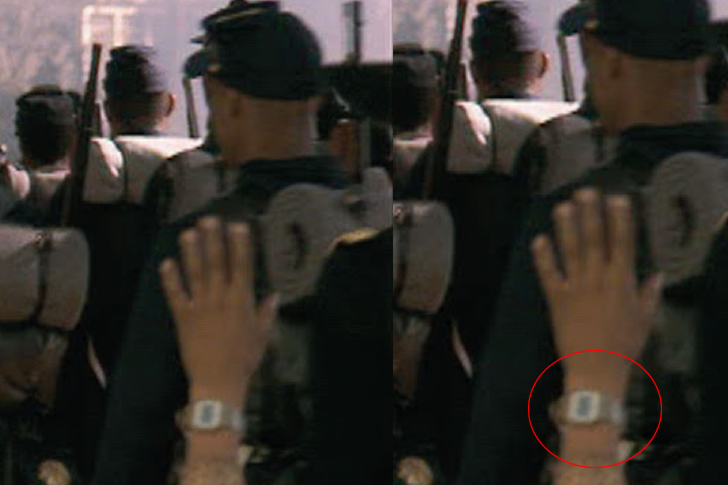
Glory, the 1989 war film that was based on the efforts of the 54th Massachusetts Infantry Regiment during the American civil war, starred the Hollywood luminaries Denzel Washington and Morgan Freeman. To the dismay of war perfectionists everywhere, one scene had an extra wearing, not just a period-inappropriate watch, but a digital one at that, effectively compounding the inappropriateness of the watch several-fold. It was, to put it mildly, quite egregious. The American Civil war occurred during the late 1800s, and Edison helped put electricity in people’s homes near the same period, but battery-powered watches wouldn’t be available until a hundred years later, so one is ineluctably led to wonder what the hell the costume designer was thinking.
CAPTAIN AMERICA: THE FIRST AVENGER—HEADSETS WERE NOT A THING YET
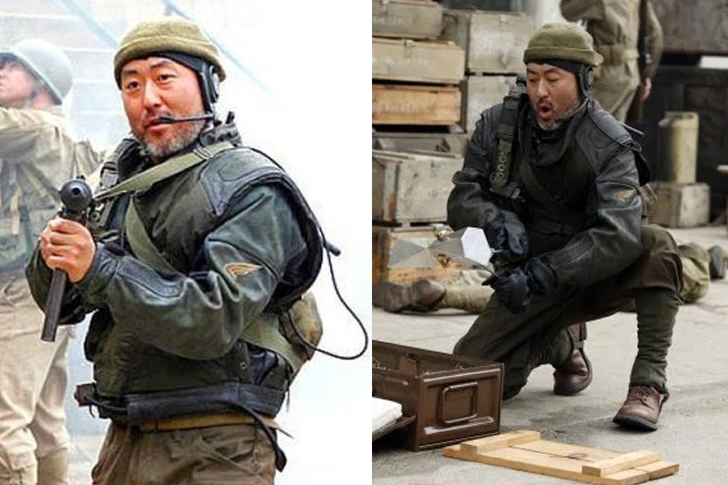
That’s right: headsets were invented long after World War 2. They were not a thing at the time. They just weren’t! Yet, here they are, being used by men who are supposedly fighting in World War 2. It is, to some degree, kind of jarring, if you don’t mind us saying. In any case, why do we even feel this way? We are, after all, talking about a movie that introduced us to Super Soldier Serum, cryogenically frozen soldiers, and talking red skeletons. So period-inappropriate headsets are really not that bad.
PUBLIC ENEMY—FUTURISTIC OVERCOAT
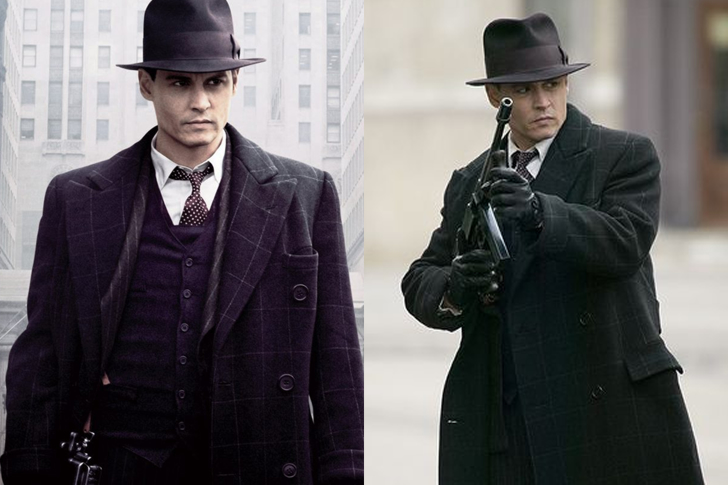
Public Enemy, starring the inimitable Johnny Depp, was a film that featured many accurately recreated garments from the thirties. It was fantastic, really, and one really needs to credit the costume designers for doing such an awesome job. Except that there was a mistake—a particularly egregious one at that. You see, Johnny’s wool overcoat was unheard of during the time of John Dillinger, the man he was playing. The typical overcoat of Dillinger’s time would have been much too heavy to be prancing about with a gun in.
ROBIN HOOD: PRINCE OF THIEVES—IS THAT A TELESCOPE?
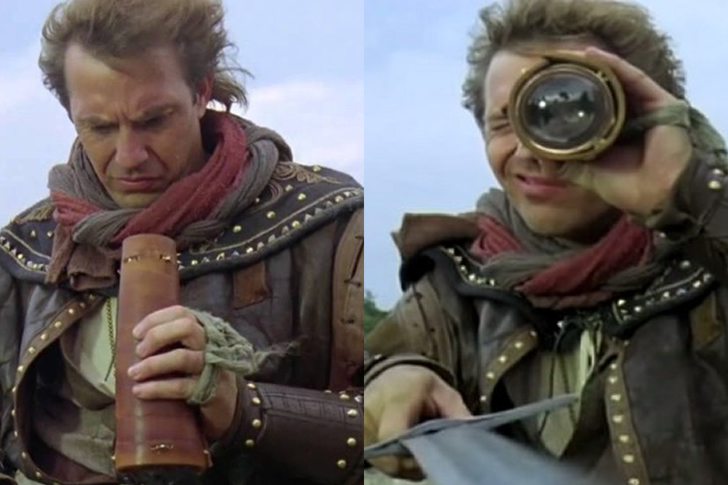
Robin Hood: Prince of Thieves, was a film about, well, Robin Hood, a prince of thieves. We all know who the guy is—he’s the legendary bow-wielding charmer of English Folklore. Given that Robin Hood steals from the rich to give to the poor shenanigans were set in the 1100s, a full 500 years before telescopes were invented, this particular scene where—you guessed it—Mr. Hood himself can be seen handling a telescope was quite, how shall we say, infuriating. They could have just as reasonably included a scene where Mr. Hood took out his credit card and ordered the damn thing from Amazon.
ALMOST FAMOUS—BLACK SABBATH SHIRT
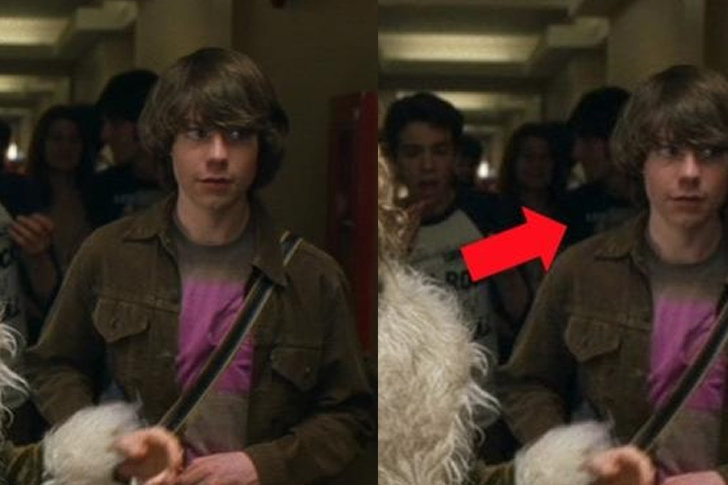
Almost Famous, the teenage rom-com that starred Kate Hudson and Patrick Fugit, was almost perfect, but not quite. Viewers noticed that for one scene, a very recidivous extra deigned to walk behind our two main characters in what seemed to be a Black Sabbath shirt. To some degree, this would have been fine were it not for the fact that this particular design was created in 1997, two decades after the film was set. Given that this show isn’t about time-traveling youngsters, we’d have to say that someone was sleeping on the job when this scene was filmed.
PEARL HARBOR—LEGS THAT WERE BARE WERE RARE
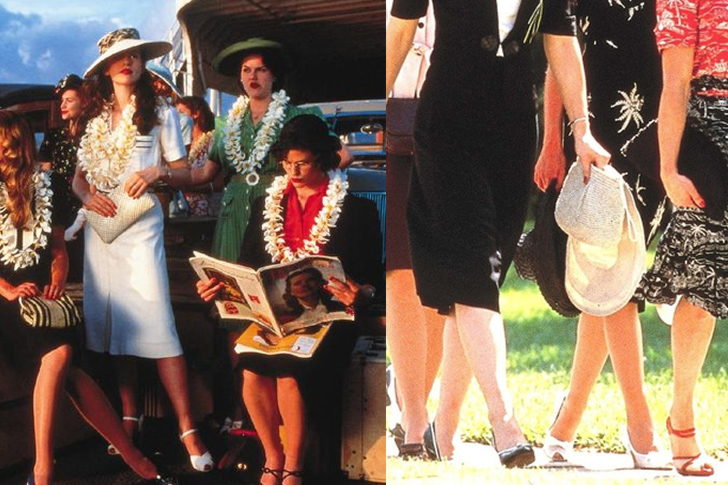
This epic war film about the events of Pearl Harbor that starred Josh Hartnett, Ben Affleck, and Kate Beckinsale was directed by the inimitable Michael Bay, who’s known to pepper his work with a ton of CGI. The film didn’t do well by critics, but it did rake in a massive amount of money at the box office and was an excellent investment for both Bay and Jerry Bruckheimer, both of whom produced and financed the film. In any case, there were many scenes where women around the military base wore skirts, showing their bare legs. That would have been fine and dandy today, but for a Hawaiian military base during World War 2, it would have been an absolute no-no.
BRAVEHEART—WILLIAM WALLACE’S KILT
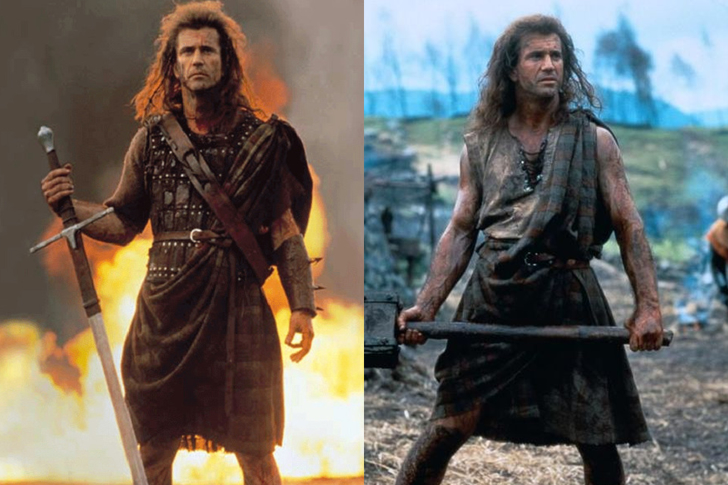
Braveheart, the film about the heroic Scot, William Wallace, that won a slew of awards at the time, including an Academy Award for Best Picture, gave our culture the image of Mel Gibson in a skirt shouting “Freeeedom!” It was, to its credit, an excellent movie, and this is despite its many historical inaccuracies. Indeed, it’s said to be one of the most historically inaccurate films ever made. One such inaccuracy was the kilts worn by our hero, the designs of which were 300 years ahead of the time the film was set.
DJANGO UNCHAINED—SUNGLASSES FROM THE FUTURE
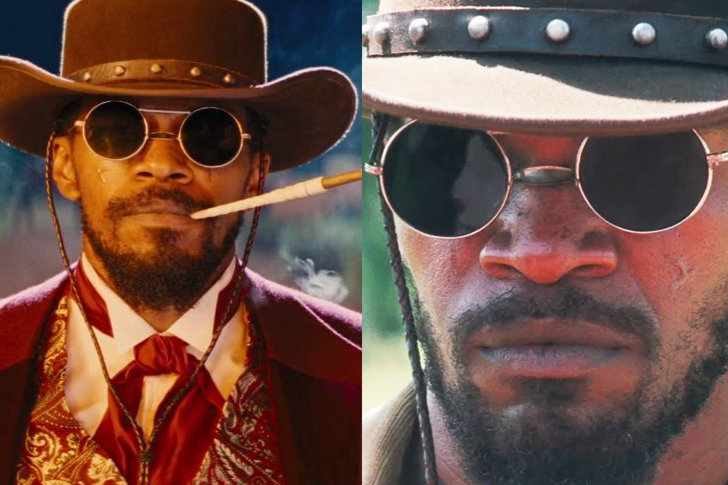
This Western revisionist film by Quentin Tarantino incorporated the same elements of revenge that Tarantino’s other film, Inglorious Basterds, became known for. It starred Jamie Foxx, Leonardo DiCaprio, and the very entertaining Christopher Waltz, whose character, an amusing bounty hunter with a degree in dentistry, had absolutely stolen the show. The film was set in the mid-1800s when pushback against slavery was getting steam. This is also why more than a few nitpicking history buffs were indignant over the fact that Jamie Foxx wore sunglasses all throughout the film, almost a hundred years before such eye contraptions had been invented.
THE UNTOUCHABLES—FUTURISTIC LAPELS
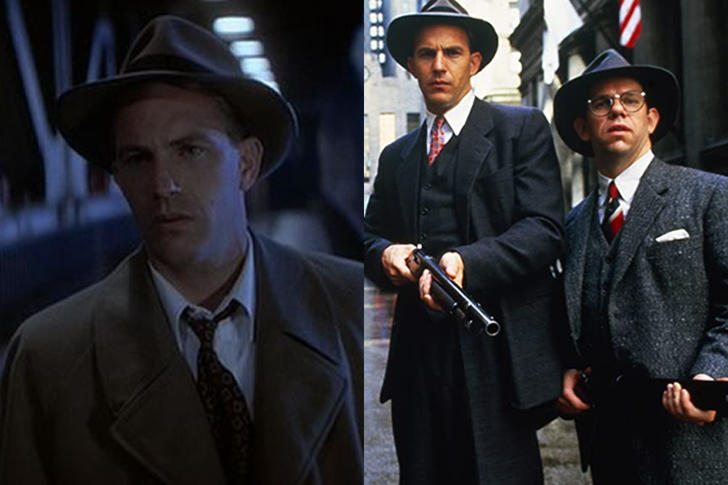
The Untouchables, which was set in the 1930s, had Kevin Costner and his rag-tag band of anti-mob coppers dressed in accordance with the prevailing fashion trends of the time. They managed to pull it off for the most part, except for one element in their suits—the lapels. These 1930s-style suits had lapels that were proportionally much larger than the ones Eliot Ness (played by Costner) and his crew had donned. This little costume mishap flew by most viewers unnoticed, but the more scrupulous suit aficionados among them—who knew what suits looked like in the ‘30s, from what mobsters would wear down to the textile choices of their attorneys—were decidedly aghast by the oversight.
